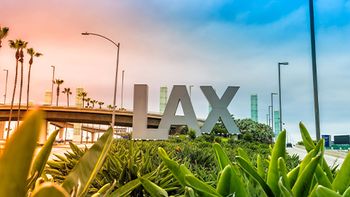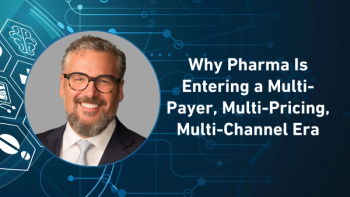
There are no counterfeit drugs—only ‘falsified’ ones, opines WHO workgroup
The end of SSFFCs?
What observers in the US typically think of as a counterfeit drug—one that is intentionally labeled as something it is not—has undergone a convoluted redefinition in the global context. Since 2011, when the World Health Organization began paying particular attention to the matter, the accepted term has been “substandard/spurious/falsely labeled/falsified/counterfeit,” or SSFC. An SSFFC Working Group was set up, and a monitoring system put in place to enable participating countries to report SSFFC incidents.
Now, an “informal technical working group” of the SSFFC group has proposed simplifying the definition to “substandard and falsified,” maintaining that this term covers the necessary concepts, and
To take five years to arrive at this conclusion is heartbreaking if not laughable; thousands of patients around the world have died while these deliberations drone on. But there have been more serious undercurrents to the issue. Developing-world countries, especially India, have objected to the term “counterfeit,” asserting that completely wholesome pharma products have been quarantined in global trade only because they were produced without formal marketing agreements between a local manufacturer and other nations’ regulatory authorities—presumably, a nefarious way to protect developed-world producers’ markets and prices. The technical group’s summary document cites the terminology used in the Trade-Related Aspects of Intellectual Property (TRIPS) agreement, where the meaning of “counterfeit” refers exclusively to IP. (TRIPS is a policy of the World Trade Organization; the US is a signatory.) So, following the logic that a prescription pill is not “bad” simply because it lacks agreed-on IP arrangements, “counterfeit” is out.
Curiously, more hair-splitting could follow: why define what is commonly known as a counterfeit drug as one that is “substandard and falsified”? A substandard but authentic product can lack efficacy or be harmful to a patient (for example, an expired drug); and it’s conceivable that a falsified drug (say, one with an unusual excipient but correct API) could be efficacious. Time for more meetings!
Newsletter
Stay ahead in the life sciences industry with Pharmaceutical Commerce, the latest news, trends, and strategies in drug distribution, commercialization, and market access.




